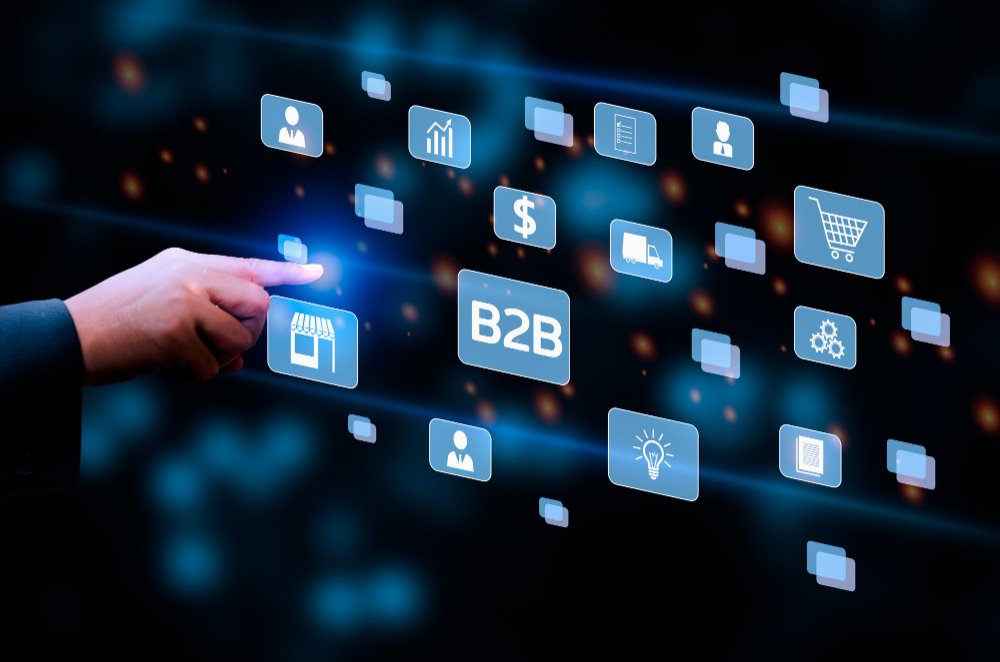Business buyers spend ever more time researching solutions on their own, filling forms and watching demos long before they talk to your sales team. They want to learn, benchmark and validate value quickly. Marketing and sales leaders, therefore, ask: Which format keeps busy decision-makers involved, delivers first-party data our systems can act on and proves return on budget?
Interactive digital events deliver those answers. The right programme lets prospects explore content at their pace, gives sales real-time intent signals and offers leadership a clear view of influenced revenue. This article shows why engagement-rich events work, which metrics matter and how to move from isolated webinars to a continuous demand-generation engine.
Why Buyer Behaviour Now Favours Interaction-First Content
A Forrester analysis found that 60 per cent of B2B buyers prefer to collect information digitally rather than speak to a sales representative, and 62 per cent can shortlist suppliers using online content alone. In other words, static PDFs and generic nurture emails no longer satisfy prospects who expect consumer-grade experiences at work.
Events that combine live sessions, networking rooms, polls and resource hubs replicate the energy of a trade show without travel. Each click, question and download becomes a signal that goes straight into your CRM, enriching lead scores far beyond page-view data.
From One-Off Webinar to Engagement Hub
Occasional webinars help with thought leadership, yet they are hard to scale because every session demands new promotion. Leading teams instead build always-on hubs that house live launches, simulive round-tables and on-demand breakouts in one destination. Visitors binge content the same way they stream box sets, extending average viewing time and reducing cost per acquisition over the long term.
Selecting a virtual event platform that integrates with marketing automation lets you trigger nurture journeys based on what each attendee did, not just that they registered. For instance, a prospect who watched a technical deep-dive video for ten minutes can receive a follow-up from a solutions engineer, while someone who downloaded a budgeting template can get a business-case calculator.
Features That Sustain Attention
- Multi-format agenda – mix keynote broadcasts with small-group workshops so audiences stay engaged.
- Personalised content tracks – dynamically recommend next sessions based on previous clicks.
- Native networking – allow chat, 1-to-1 video meetings and LinkedIn exchange without leaving the event window.
- First-party data feed – push polling answers, Q&A text and dwell time directly to opportunity records.
Each element turns passive viewers into active participants whose actions reveal buying intent.
Building an Always-On Engagement Loop
- Map content to questions buyers ask at each phase. Early-stage visitors look for trends, mid-stage visitors ask for peer examples and late-stage visitors need proof of value.
- Reuse and atomise. A 60-minute panel becomes short clips for social, quote cards for email and a transcript that feeds blog posts. This multiplies reach without extra filming costs.
- Surface intent quickly. Sync behavioural data with your CRM every hour. Reps receive alerts the moment an account’s buying committee attends multiple sessions in a week.
- Close the feedback loop. Sales marks influenced deals in the opportunity record, giving marketing the evidence it needs to argue for more budget at the next planning cycle.
Gartner projects that by 2025, 80% of all B2B sales interactions will happen through digital channels. That forecast underlines why event data must feed directly into revenue operations rather than sit inside a standalone tool.
Action Plan for Marketing and Sales Leaders
Step 1 – Audit your current programme. List every webcast and in-person show from the past 12 months. Note attendance, cost per lead and percentage that progressed to opportunity. This reveals quick wins and gaps.
Step 2 – Select technology that scales. Prioritise platforms with API-level integrations, real-time analytics and accessibility compliance. Do not compromise on data ownership.
Step 3 – Build a shared content calendar. Assign themes to each quarter that align with campaign goals and product launches. Involve customer success early to secure client speakers who add authenticity.
Step 4 – Train presenters and moderators. Virtual fatigue remains a risk. Shorter segments, interactive polls every eight minutes and clear CTAs keep energy high.
Step 5 – Report on revenue, not registrations. Use multi-touch attribution to show how digital events shorten deal cycles or increase average order value. Present these numbers at the next board meeting to secure continued investment.
Conclusion
Interactive digital events are no longer a backup for cancelled conferences. They sit at the centre of a modern demand-generation engine, giving buyers control while passing sales the behavioural insights needed to close business faster. By pairing an engagement-rich approach with a data-ready virtual event platform, marketing and sales teams turn every touchpoint into a step toward revenue, proving value in language the board understands.


